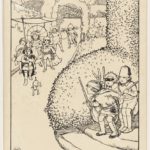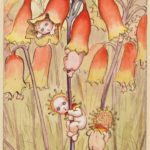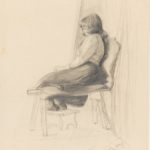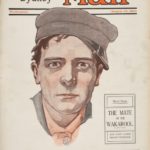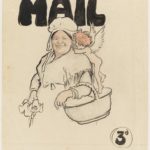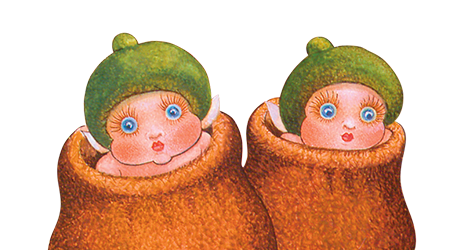Postcards & Commercial Art
Back to ArtworkFrom the early 1900s, May began contributing to various publications receiving assignments to illustrate for newspapers and publishing houses in London and Perth. May’s work was diverse, from fashion illustrations for the West Australian and Christmas covers for the Western Mail to cover designs and illustrations for leading UK suffragette journal The Common Cause. May also secured various commissions for book illustrations including the cover of Eleanor Mack’s novel Scribbling Sue. On her return form London, May maintained a steady livelihood with commissions from publishers such as The Sydney Mail and The Lone Hand.
At the onset of World War I, anxious to contribute to the war effort, May produced over 30 postcard designs that were sent in Red Cross parcels to the Australian troops. It was also around this time that May created her iconic gumleaf-shaped bookmarks which were originally hand-painted but demand necessitated moving to commercial print runs.
In 1920 May received one of her most important commissions from the NSW Department of Public Health to design a promotional poster for its first ever Baby Week. The ‘Dr Stork and Mrs Kookaburra’ poster was an immediate success and remained in use until 1959.
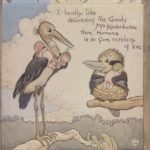
One of her largest and most iconic artistic works, the poster was designed for the NSW Department of Public Health for its first ever Baby Week. This was one of May's most important commissions of her career and an immediate success on launch.


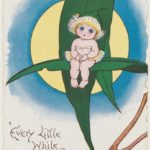

Another of May's iconic war time images paired a kookaburra in a slouch hat with a gumnut baby showing them as Australian soldiers bearing the marks of war, both with slings. The design was accompanied by the slogan ' Are we downhearted?' which was in reference to another war time song popular with the Anzacs. It was reported in a ' letter from the front' that 'as the wounded were being taken back to hospital ships they passed troops landing, and the wounded men shouted out as they passed the boats, "Are We Downhearted?" and the anseering yell was "No"'.







'OFF TO THE WAR
Goodbye my little Gum Blossom
And don't you fret for me
We'll soon be back together in the Old Gum Tree'

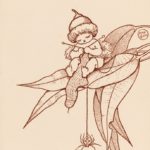
The term 'Sister Susie' refers to the Australian women who industriously knitted socks and sewed shirts for the soldiers. The term is derived from a popular song during World War I.

The term 'Sister Susie' refers to the Australian women who industriously knitted socks and sewed shirts for the soldiers on the war front. The most widely distributed of May's patriotic postcards, it was reported by newspaper the Sun in September 1915 that ' Every parcel that is dispatched contains a card of the Sister Susie Gum Nuts'. May was understandably very proud of this success in her contributions to the war effort.
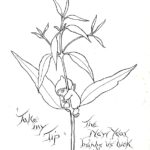


We are the Gumnut Corps
We're going to the War
(we'll make things hum, by gum!)




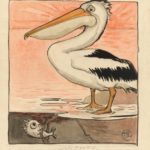 His beak holds more than his belican
His beak holds more than his belicanHe holds in beak enough for a week
I can't understand how the helican"" class="img_100" />
Handwritten text under image features lines from the well known verse by Dixon Lanier Merritt, albeit slightly changed.
"A wonderful bird is the pelican
His beak holds more than his belican
He holds in beak enough for a week
I can't understand how the helican"



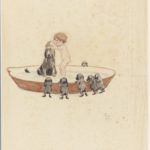













"look here old chap, my wife's sent my dress pants to the Cleaner and could you...?

"You can't! What! Your wife's sent yours to the cleaners"


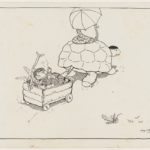
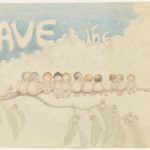
This early sketch shows the gumnut babies


